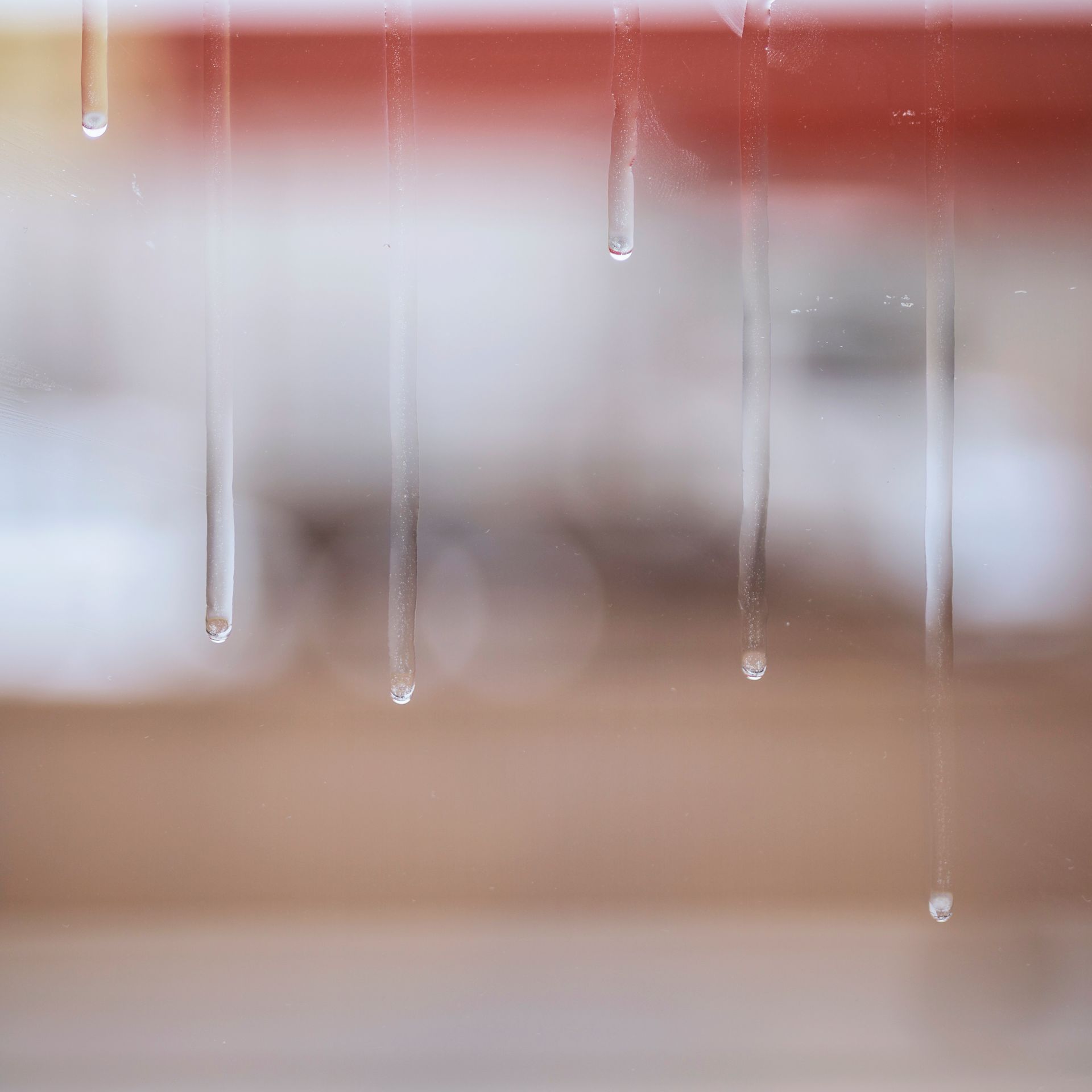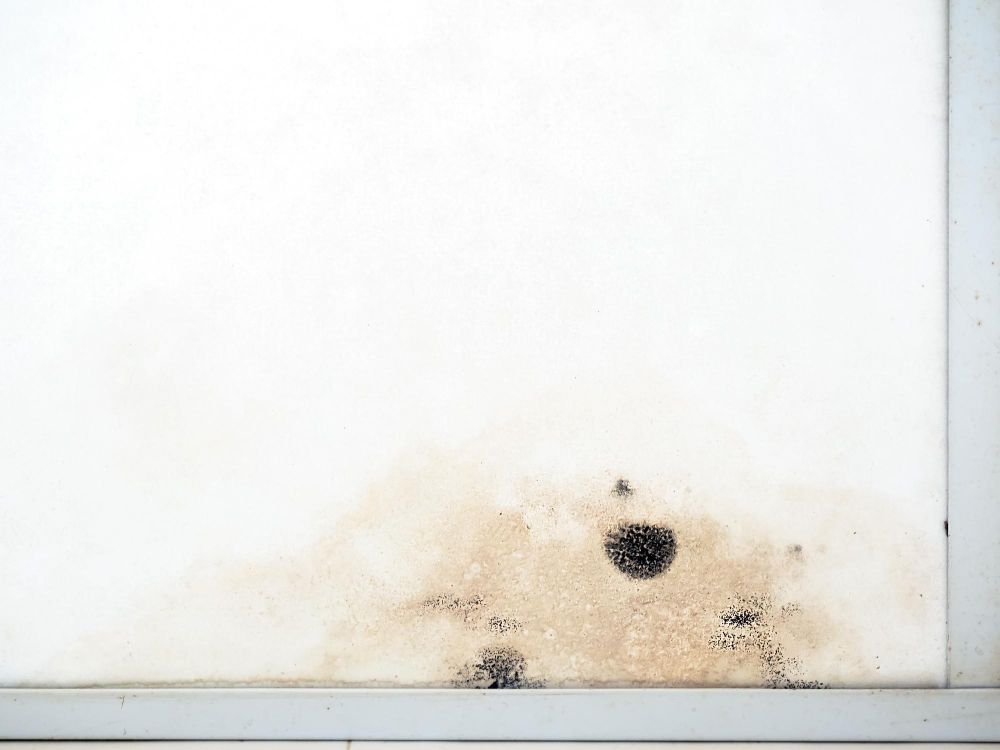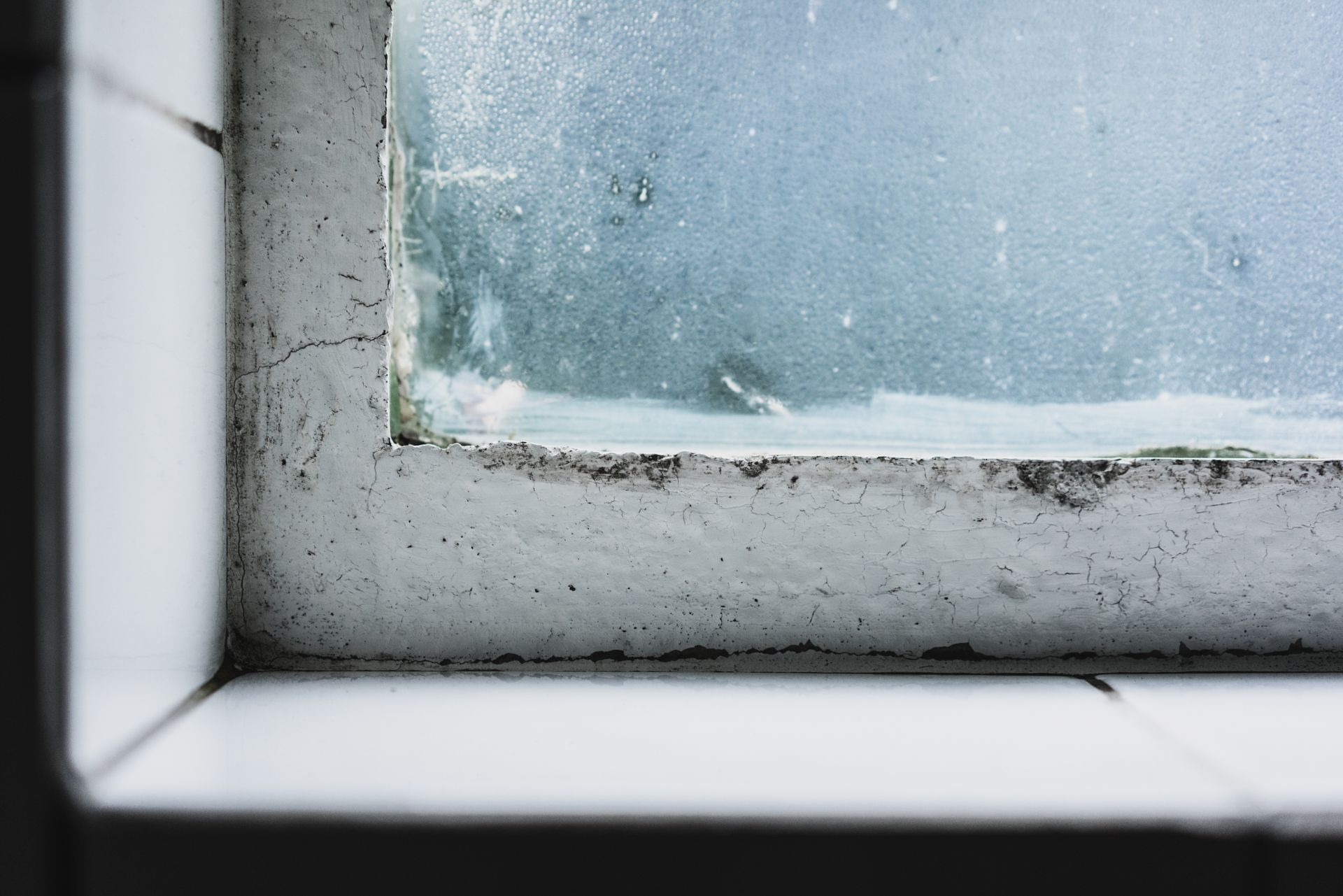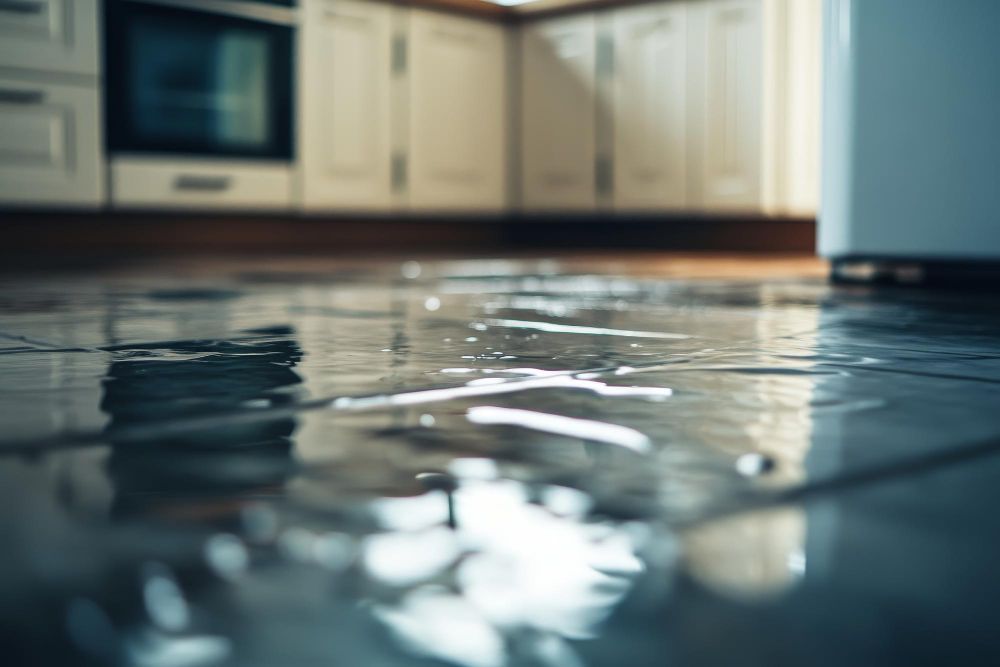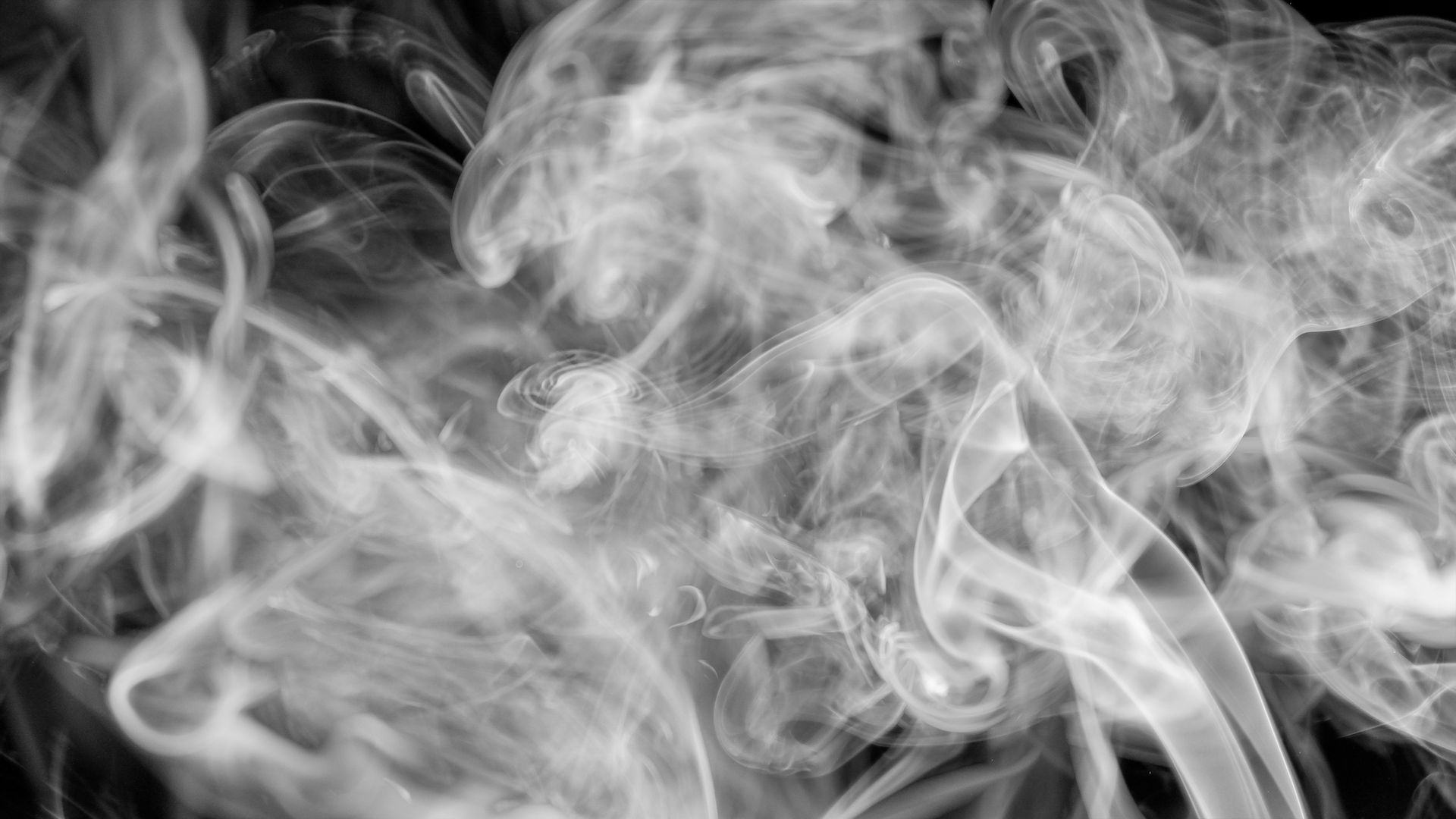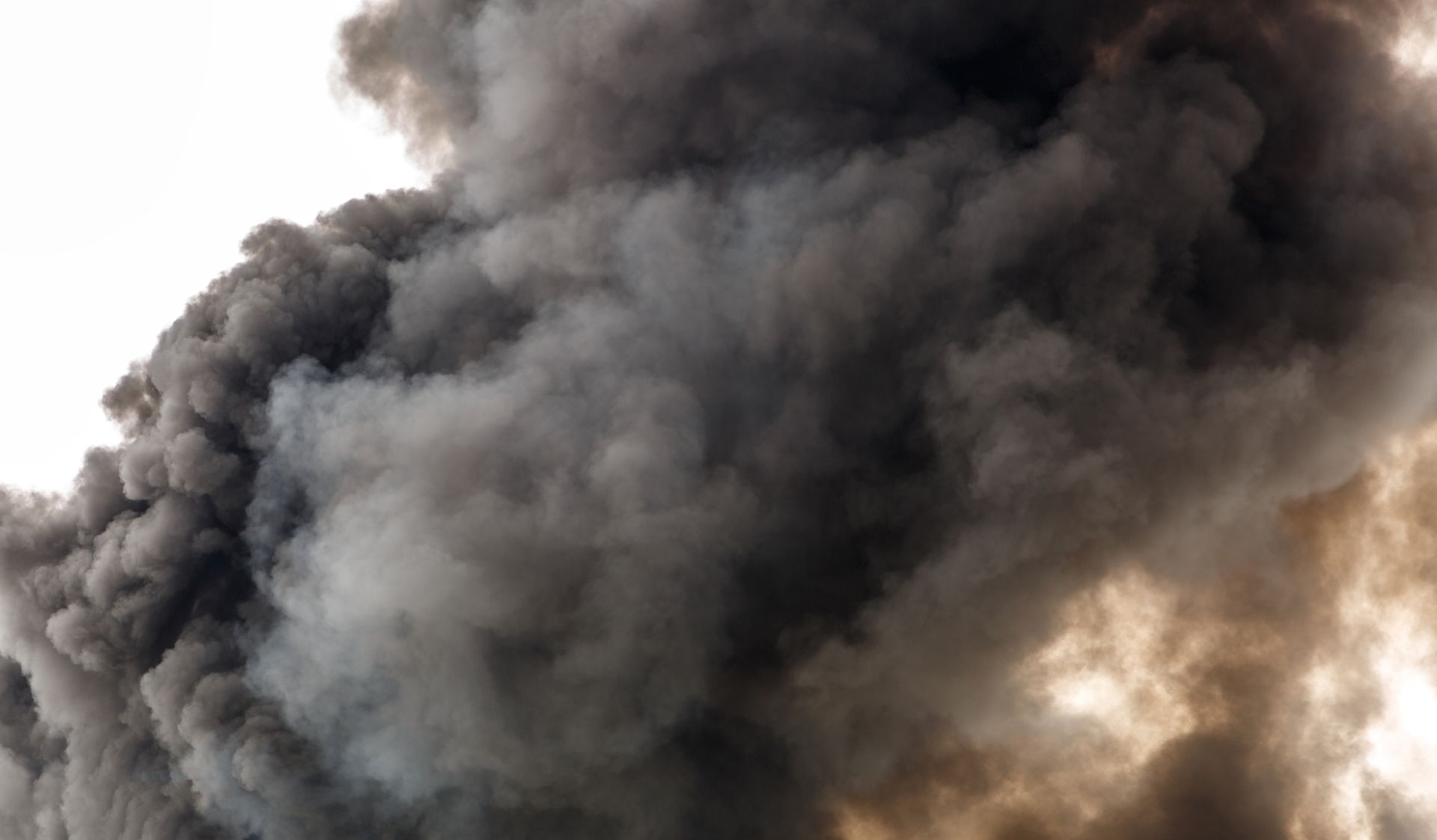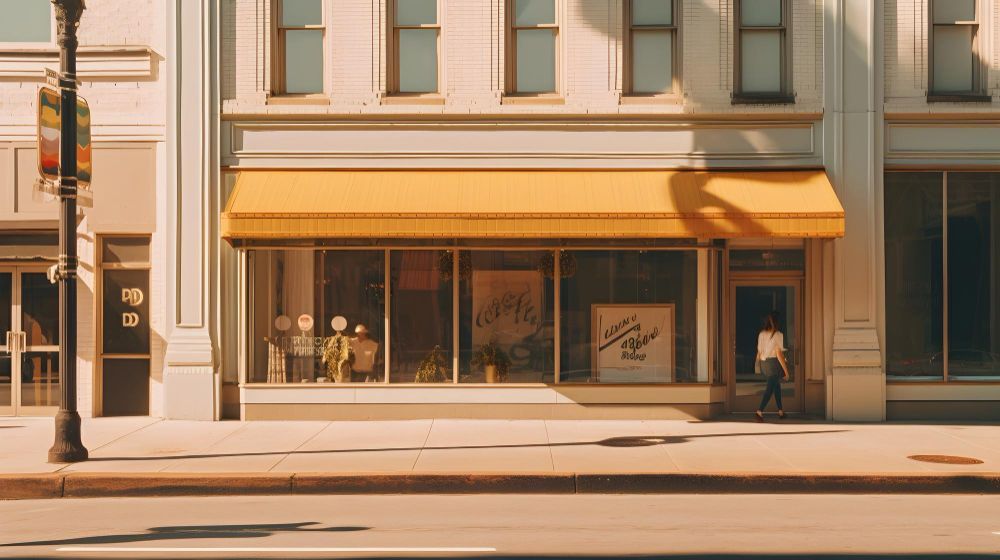Damage Caused by Sewer Backups, Including Floods, Water, and Mold
Damage Caused by Sewer Backups,
Including Floods, Water, and Mold
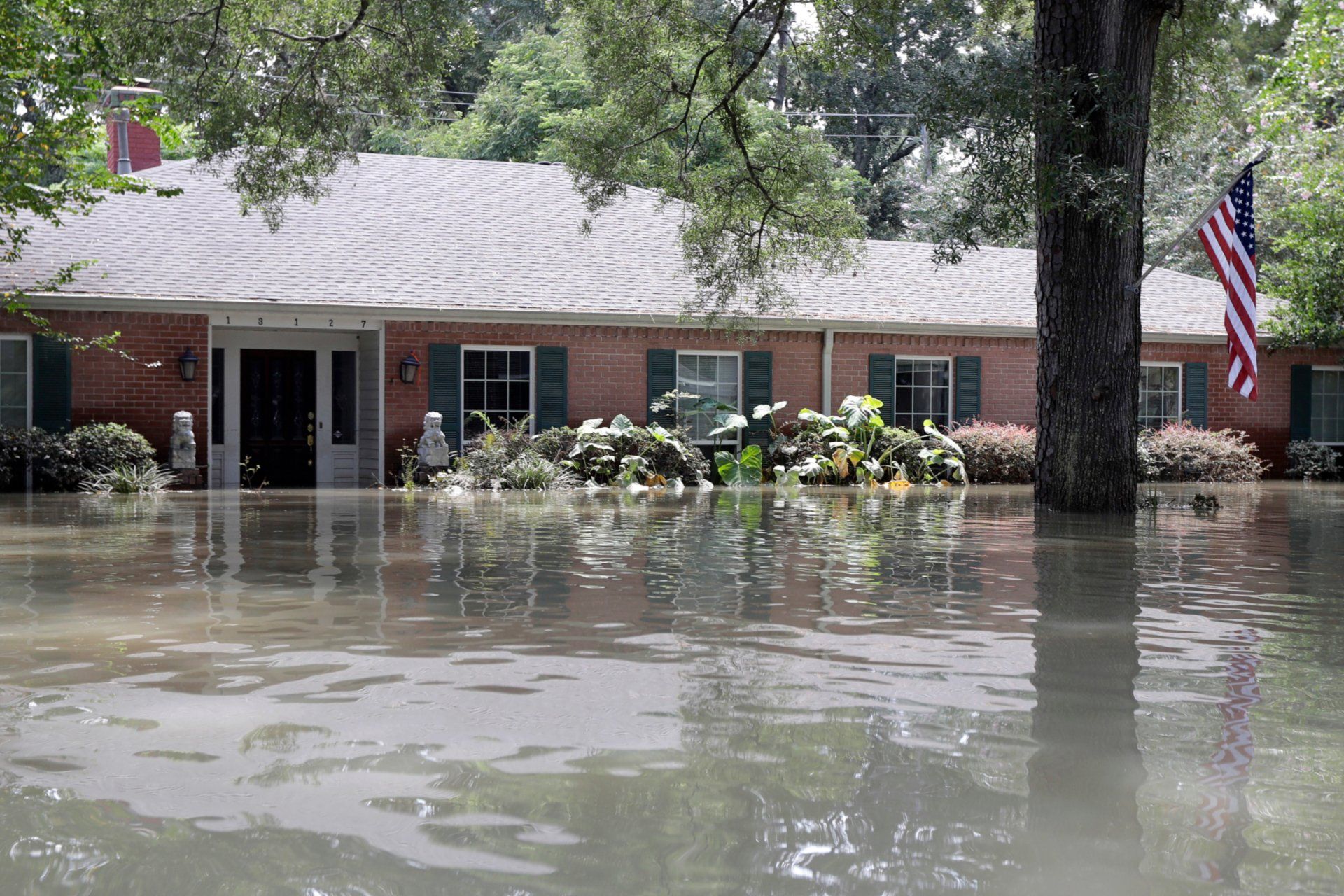
Sewer backups may happen both inside and outside the house. It might be caused by tree root obstacles or clogged pipes on the inside. From the outside, the situation may appear to be much worse. The door is always left open during a heavy thunderstorm to allow for flooding. One explanation for this is a sewage backlog. Water quickly floods the streets after subsurface drainage pipes burst. The next thing you know, your house is surrounded by a waterfall!
So, you're walking around your house with water up to your ankles. As if things weren't terrible enough, they get even worse. There will be water damage and maybe mold once the water has been drained. Flooding has long been a homeowner's worst dread. Depending on the volume of water, sewage backups might cost a person their prized possessions or even their house. In rare cases, insurance companies do not always cover the cost of flood damage. So, how are you going to get this mess cleaned up? The following are the steps to take:
- File a Damage Claim with your insurance provider. It's always a good idea to tell your insurance carrier, even if you're not sure if you're covered. A representative will be assigned to your home to inspect the damage and, depending on their findings, provide you with the necessary coverage.
- Save your expenditure receipts. Keeping track of any bills related to flood damage treatment can assist you in completing insurance claims.
- Document all flood damage. Taking photos before and after the flood will help you and your insurance company avoid any arguments after the massive bill arrives.
- Call a flood cleanup professional. The longer standing water is left untreated, the more water damage will be done to your home. To get this tragedy fixed, call a water damage repair expert as soon as you get off the phone with your insurance provider. They will inspect the damage and provide you with a pricing estimate as well as a repair strategy.
Even after the water damage has been repaired, mold can form in other areas of your house. Water condensation in your home is likely to have caused moisture to build up in the ceiling and/or other walls. Here are some recommendations for mold eradication and prevention:
- Remove porous materials. Because moisture may pool in these minuscule gaps, mold can thrive. Because they have microscopic openings, ceiling tiles, cardboard, textiles, gypsum board, and fiberboards should all be removed from locations where mold is growing. Mold is sadly frequent in homes that have been flooded lately.
- Bleach or add baking soda to the affected area. If the region does not include pores, bleach or even baking soda might be used to kill any leftover bacteria. Wait 30 minutes after applying baking soda to let it settle before cleaning. Bleach should be handled with caution since it can damage your home's electrical and metal components.
- Call a professional. Even using baking soda and bleach, you might not be able to get rid of everything. When this occurs, it's time to call a mold removal professional. They'll get rid of the last tough spots of mold.
- Ensure proper air ventilation. Even if all of the mold has been removed, there's no guarantee it won't reappear at some time in the future. Allowing enough circulation throughout your house, such as via the use of heat or air conditioning, lowers moisture, making bacteria development more difficult.
- Keep your home updated. As your home ages, the materials used to build it (wood, stone, drywall, etc.) may develop cracks, enabling moisture and bacteria to seep in. Simply replace these parts as needed, and you should have no further problems.
Who knew floods could have such a long-term influence on your home? It all begins with the torrential rain. Water from the streets will eventually gather beneath the surface, causing a sewage backup. Because there's nowhere else for the water to go but inside your house, it's now your problem. Water damage may be terrible, but it is vital to get it fixed as soon as possible to prevent more damage. Although no one can stop Mother Nature, taking the required steps to prepare for floods will surely save you money in the long term.
If your home has suffered major water damage or a flood, contact Restoration 1 of North Georgia immediately for water damage restoration services. Not only will our expert personnel remove the water, but they will also repair any objects that have been affected by the water or moisture. If you have mold in your home, our mold remediation services will assist you in efficiently removing it.
